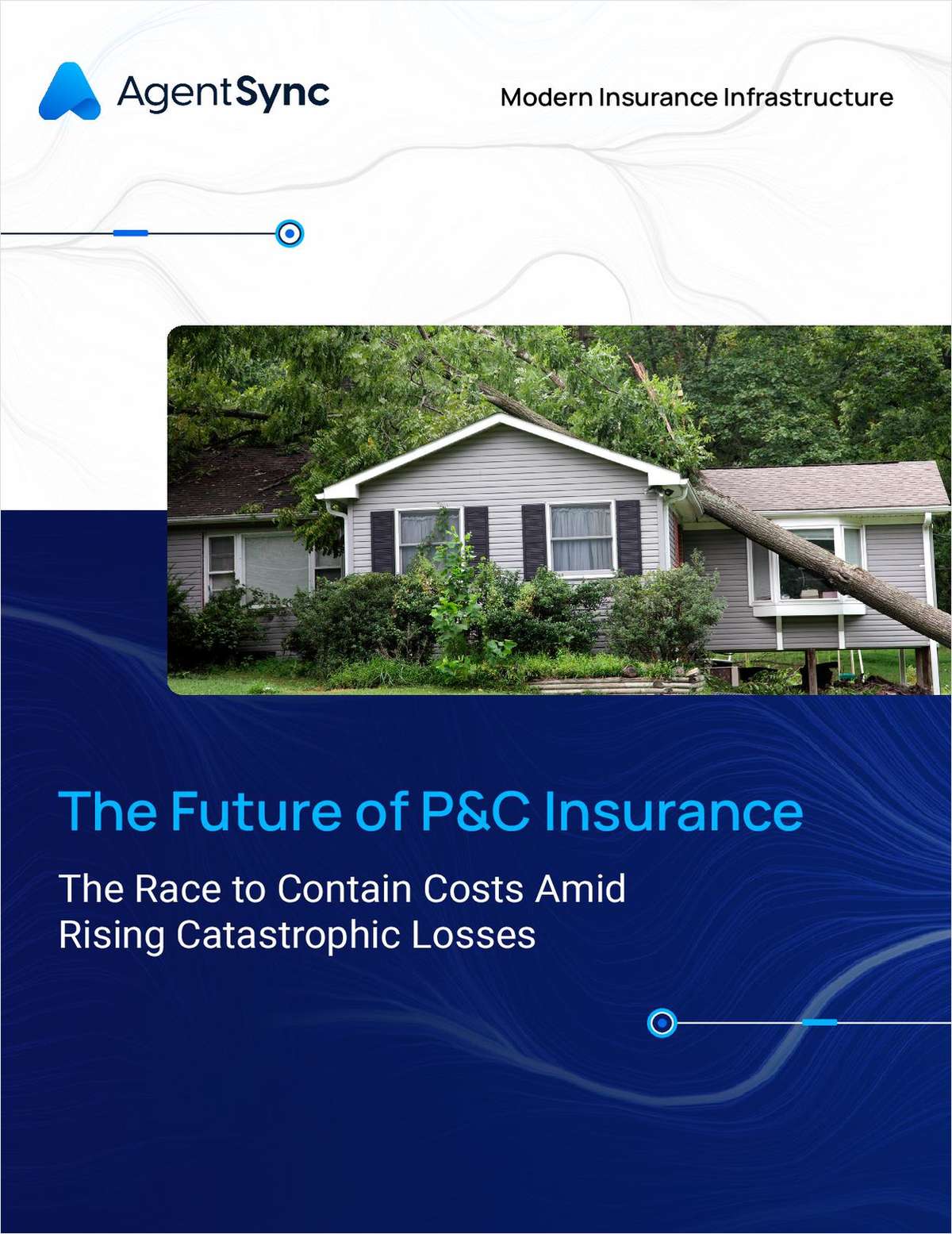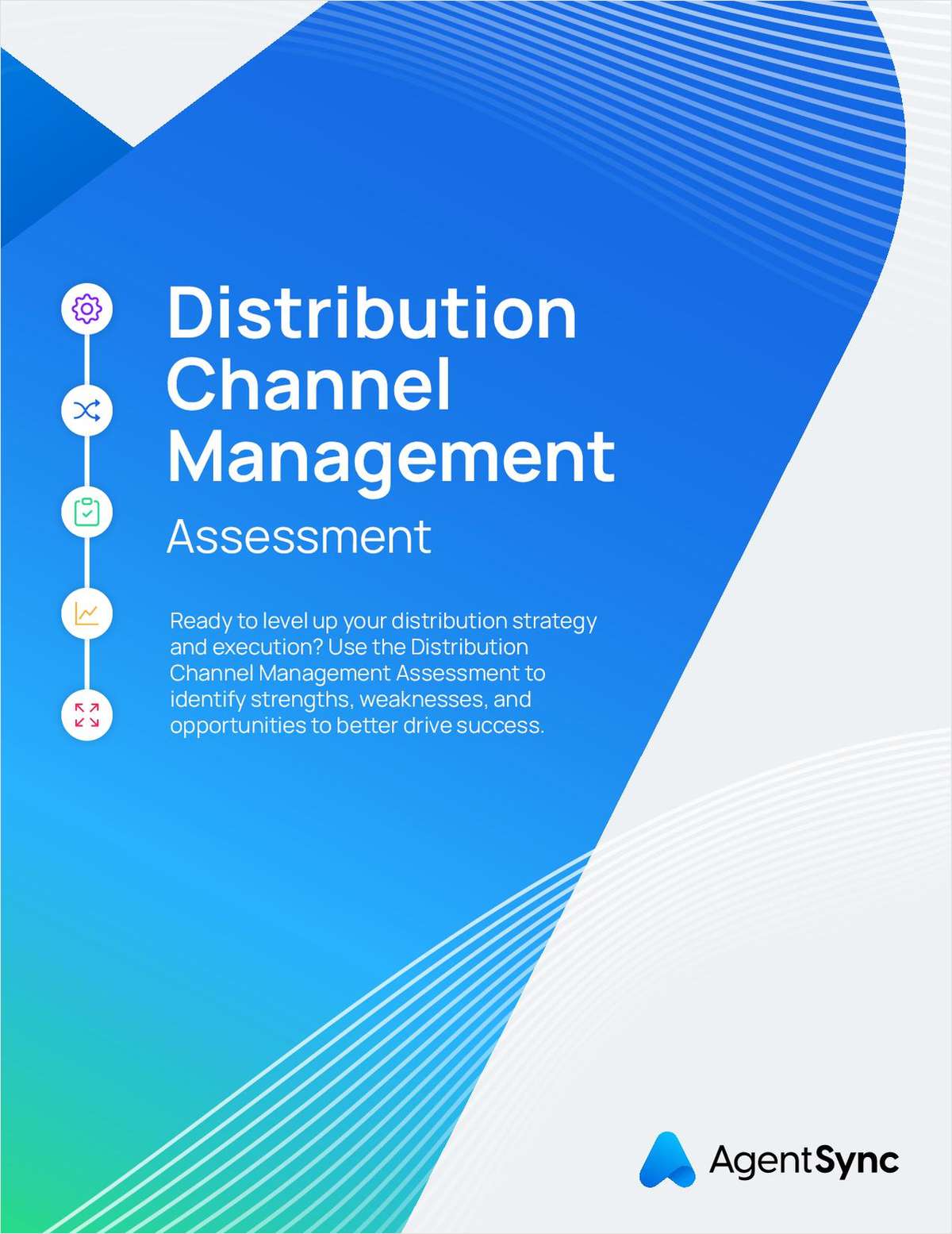NU Online News Service, Jan. 27, 2:40 p.m. EST
Public-private partnership solutions can substantially ease the financial burden natural disasters put on government budgets as evidence mounts that the burden is growing beyond some nations' abilities to pay, according to a report from Swiss Re.
In its report, "Closing the Financial Gap," the Zurich-based insurer noted that the economic costs of natural catastrophes have risen from an average $25 billion annually in the 1980s to $130 billion in the 2000s.
With climate change unfolding, catastrophic events such as hurricanes, floods and droughts are likely to increase further, hitting in particular emerging markets and developing countries, said Swiss Re.
The increasing severity and frequency of natural catastrophes are driving up the cost of disaster relief, especially in developing and emerging markets as they are hurt the most and prepared the least, the company noted.
Swiss Re said when Hurricane Ivan struck Grenada in 2004, the economic losses amounted to $889 million—203 percent of the island state's gross domestic product (GDP). One year later, the country defaulted on its foreign debt. In the case of the more recent Haiti earthquake, the losses stand at 114 percent of GDP.
"The mounting exposure to catastrophes calls for a more diversified approach in financing disaster relief," said Michel Liès, chairman of Global Partnerships at Swiss Re, in a statement.
Until now, the focus of disaster risk management has been on post-event relief. A more balanced approach, he said, would combine both pre- and post-event elements.
He suggests the first priority for governments should be to ensure a functioning insurance market through appropriate legislation. This will help to absorb a big part of disaster losses suffered by individuals and businesses.
Then, governments should consider pre-event financing solutions that build up reserves, as well as contingent finance and sovereign insurance solutions.
Post-disaster financing of relief, rehabilitation and reconstruction through budgetary means, debt financing or donor aid should only come into play to cover residual losses once all other risk transfer solutions have been exhausted.
In its report, Swiss Re presents seven case studies showing how these concepts have been put into practice.
One example is the Caribbean Catastrophe Risk Insurance Facility (CCRIF), which insures 16 Caribbean countries and territories against earthquakes and hurricanes. CCRIF works like an insurance mutual, combining the benefits of pooled reserves from participating governments with the capacity of the financial markets. It retains some of the risks insured by the member governments and transfers the remainder to reinsurance markets. Swiss Re said it is supporting CCRIF as the lead reinsurer.
Mr. Liès said nations should consider an integrated and structured risk management approach to natural catastrophes that includes a thorough analysis of the risk landscape. This enables political and public sector decision-makers to determine the priorities in advance and to allocate scarce resources accordingly.
A comprehensive approach allows governments to minimize risks wherever possible and transfer the costs of peak risks, such as natural catastrophes, where necessary and thus maintain long-term financial health of their countries.
The report is a build-up to issues to be discussed at the World Economic Forum this week in Davos, Switzerland, where leaders from around the world will meet to discuss top global risks.
Want to continue reading?
Become a Free PropertyCasualty360 Digital Reader
Your access to unlimited PropertyCasualty360 content isn’t changing.
Once you are an ALM digital member, you’ll receive:
- Breaking insurance news and analysis, on-site and via our newsletters and custom alerts
- Weekly Insurance Speak podcast featuring exclusive interviews with industry leaders
- Educational webcasts, white papers, and ebooks from industry thought leaders
- Critical converage of the employee benefits and financial advisory markets on our other ALM sites, BenefitsPRO and ThinkAdvisor
Already have an account? Sign In Now
© 2025 ALM Global, LLC, All Rights Reserved. Request academic re-use from www.copyright.com. All other uses, submit a request to [email protected]. For more information visit Asset & Logo Licensing.








